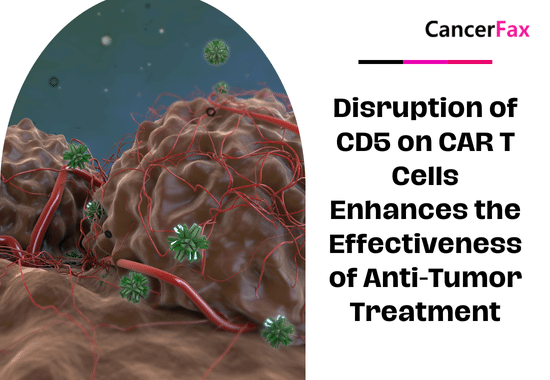Research reported by researchers at Fudan University shows that a new combination of four protein biomarkers can accurately diagnose pancreatic cancer. (Br J Cancer. Online version November 9, 2017).
The researchers said that we believe that the development of a fast and stable method for screening target proteins in large samples may accelerate the pace of finding new protein biomarkers and drug targets, and may even be individualized in the future. Of proteomes are used in precision medicine.
Most pancreatic cancers are at the advanced stage of the disease at the time of diagnosis, and the median survival rate after diagnosis is less than 6%. Early diagnosis and treatment may improve prognosis.
The researchers used a variety of mass spectrometry techniques to analyze 150 serum samples from healthy controls, patients with benign pancreatic diseases, and patients with pancreatic cancer, and identified 142 differentially expressed proteins. Finally, the four proteins were included in their biomarker expression profiles: APOE , ITIH3, APOA1 and APOL1.
Through the analysis of the area under the curve (AUC) method, the accuracy of a single protein marker used to distinguish pancreatic cancer patients from healthy controls was between 66.9% and 89.6%. The combination of the four markers can increase the accuracy to 93.7%. The sensitivity of the four-protein biomarker combination in the diagnosis of pancreatic cancer was 85%, and the specificity was 94.1%. If CA19-9 is included in this detection method, the AUC will be increased to 0.99, at which time the sensitivity is 95% and the specificity is 94.1%.
The researchers also used immunohistochemistry to confirm the expression of the above protein markers in tumor samples, further verifying the reliability of this new biomarker combination.
The researchers said that the clinical application of these biomarkers still has a long way to go. The US FDA has just approved a combination of tumor analysis test markers from the Memorial Sloan Kettering Cancer Center called IMPACT. IMPACT can quickly detect mutations in 468 genes and other molecular changes in the composition of the human tumor genome.

